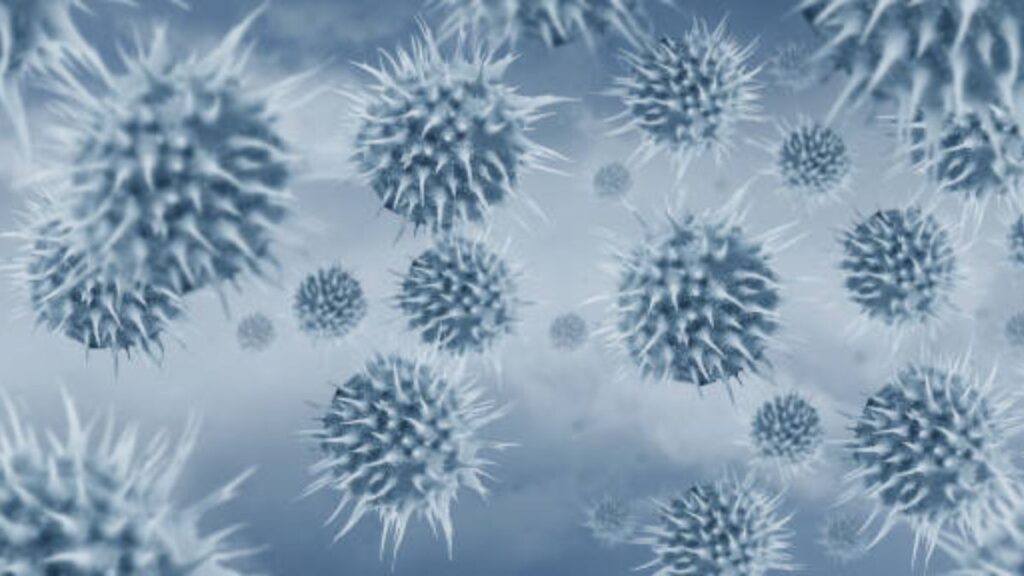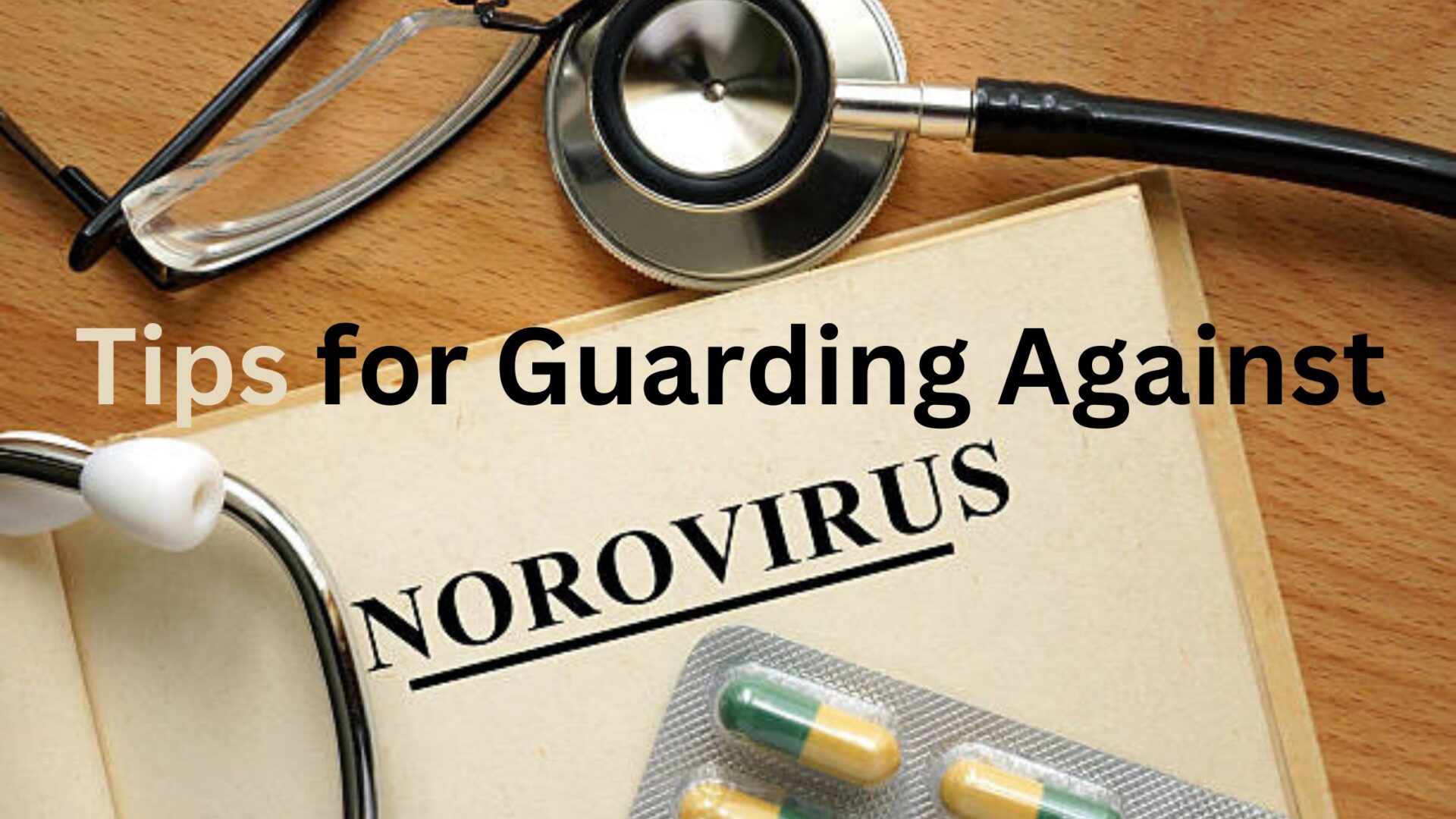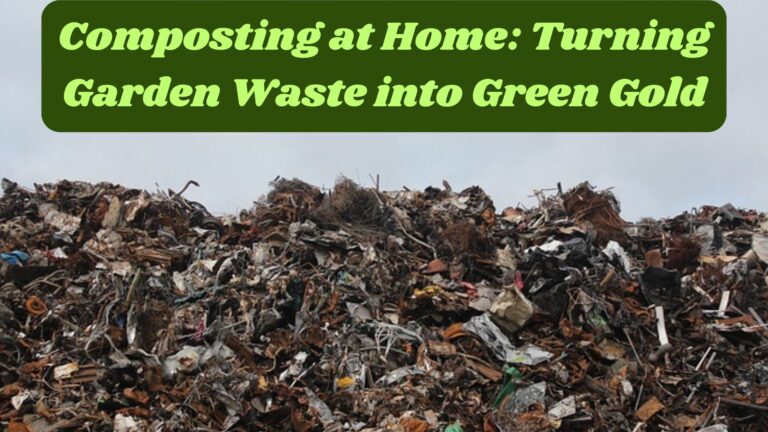Introduction: –
Norovirus Protection: Essential Tips for Guarding Against Norovirus

Norovirus, a highly contagious virus, leads the charge as a prevalent source of gastroenteritis, affecting people across all age groups with symptoms such as vomiting, diarrhea, and stomach pain. It stands out as the primary culprit behind approximately 20 million illnesses annually, including tens of thousands of hospitalizations and hundreds of fatalities, making guarding against Norovirus an essential endeavor for public health. Additionally, Norovirus proudly holds the title for being the leading cause of foodborne illness outbreaks in Minnesota, emphasizing the critical need for effective norovirus protection strategies.
In light of its significant impact, this article focuses on essential tips for norovirus protection, aiming to arm readers with the knowledge necessary to mitigate the risks associated with this pervasive virus. By delving into understanding Norovirus, recognizing its symptoms, exploring treatment and hydration strategies, and emphasizing the importance of good hygiene practices, readers will gain crucial insights into how to protect themselves and others from the grasp of Norovirus.
Understanding Guarding Against Norovirus
Norovirus, often misunderstood as a simple stomach bug, is a formidable adversary in the realm of infectious diseases, primarily due to its highly contagious nature and its ability to induce severe symptoms such as vomiting, diarrhea, and stomach cramping 4. This virus leads to inflammation of the stomach or intestines, a condition known as acute gastroenteritis 5. Understanding its transmission and survival capabilities is crucial for effective norovirus protection:
- Transmission and Survival:
- Highly Contagious: Norovirus can spread through direct contact with an infected person, contaminated food or water, or by touching contaminated surfaces and then touching your mouth
- Survival on Surfaces: Remarkably, the virus can survive on surfaces for days and remains infectious outside the body for weeks, making it easy to spread
- Environmental Persistence: It can endure freezing and heating up to 60°C (140°F), further complicating efforts to eradicate it from contaminated environments
- Given its robustness and the lack of a vaccine or specific medication for treatment, the focus shifts to prevention and containment strategies to guard against norovirus outbreaks, especially in high-risk settings such as healthcare facilities, schools, and cruise ships
Recognizing Norovirus Symptoms

Recognizing the symptoms of Norovirus is crucial for timely intervention and preventing its spread. Symptoms manifest quickly and can vary in intensity, making awareness key to guarding against Norovirus:
- Common Symptoms:
- Diarrhea
- Vomiting
- Nausea
- Stomach pain
- Timing and Duration:
- Symptoms usually appear within 12 to 48 hours after exposure
- The illness typically lasts 1 to 3 days
- Additional Symptoms and Signs of Dehydration:
- Less common symptoms: Low-grade fever or chills, headache, muscle aches 4.
- Dehydration indicators: Thirst, dry mouth, less elastic skin, dark-colored urine. In children, look for no wet diapers for 12 hours, sunken eyes, and few or no tears when crying. Adults may experience less frequent urination and exhaustion, while the elderly might exhibit dizziness, confusion, and low blood pressure.
Understanding these symptoms and their progression is essential for individuals to seek appropriate care and implement measures to prevent the spread of Norovirus, especially in vulnerable populations like children and the elderly.
What are the key insights into the biology and behaviour of norovirus in cases of gastroenteritis?
The biology and behavior of norovirus in cases of gastroenteritis encompass various crucial insights. Here are some key points to consider:

- Viral Structure: Norovirus is a small, single-stranded RNA virus belonging to the Caliciviridae family. Its capsid structure plays a vital role in its stability and resistance to environmental factors, contributing to its ability to survive in various conditions.
- Transmission Dynamics: Norovirus spreads primarily through the fecal-oral route, often via contaminated food, water, surfaces, or person-to-person contact. Its highly contagious nature and low infectious dose make it a significant concern for outbreaks in settings such as healthcare facilities, cruise ships, and communal living environments.
- Incubation Period: Following exposure to norovirus, the incubation period typically ranges from 12 to 48 hours before symptoms manifest. This relatively short incubation period contributes to the rapid onset and spread of gastroenteritis outbreaks.
- Clinical Symptoms: Gastroenteritis caused by norovirus is characterized by symptoms such as nausea, vomiting, diarrhea, abdominal cramps, and occasionally, low-grade fever. While symptoms are generally self-limiting and resolve within a few days, they can be severe, especially in vulnerable populations such as young children, the elderly, and immunocompromised individuals.
- Asymptomatic Carriers: It’s important to note that norovirus can also be transmitted by asymptomatic carriers, individuals who shed the virus without exhibiting symptoms. This phenomenon complicates efforts to control outbreaks and highlights the importance of stringent hygiene measures in preventing transmission.
- Environmental Persistence: Norovirus exhibits remarkable environmental persistence, remaining viable on surfaces and in water for extended periods. Proper disinfection and hygiene protocols are essential for interrupting transmission and preventing further spread.
- Viral Variability: Norovirus displays considerable genetic diversity, with multiple genotypes and strains circulating globally. This variability contributes to the challenges associated with vaccine development and the emergence of new strains with potential implications for public health.
- Immunity and Reinfection: While norovirus infection can induce short-term immunity against the specific strain encountered, individuals remain susceptible to reinfection with other strains due to the virus’s antigenic diversity. This phenomenon underscores the need for continued efforts to understand and mitigate the impact of norovirus on public health.
Overall, gaining insights into the biology and behavior of norovirus in cases of gastroenteritis is crucial for implementing effective preventive measures, managing outbreaks, and ultimately reducing the burden of this widespread gastrointestinal pathogen.
How can individuals effectively guard against norovirus infection and protect themselves and others?
Individuals can effectively guard against norovirus infection and protect themselves and others by following these measures:
- Practice Proper Hand Hygiene: Regularly wash hands with soap and water, especially before eating, after using the restroom, and after caring for someone who is sick. Hand sanitizers with at least 60% alcohol can be used if soap and water are not readily available.
- Maintain Clean Surfaces: Disinfect frequently-touched surfaces such as doorknobs, countertops, and bathroom fixtures regularly to reduce the risk of norovirus transmission.
- Handle Food Safely: Ensure that food is cooked thoroughly and stored properly to prevent contamination. Wash fruits and vegetables before consumption, and avoid consuming raw or undercooked seafood, which can be a common source of norovirus.
- Stay Hydrated: If infected, drink plenty of fluids such as water, clear broth, or oral rehydration solutions to prevent dehydration, especially if experiencing vomiting and diarrhea.
- Isolate Infected Individuals: If someone in the household is infected, isolate them in a separate room if possible, and avoid sharing utensils, towels, or bedding to prevent the spread of norovirus to others.
- Practice Personal Hygiene: Avoid touching your face, especially your mouth, nose, and eyes, as this can introduce the virus into your system. Cover your mouth and nose with a tissue or your elbow when coughing or sneezing, and dispose of tissues properly.
- Stay Informed: Stay updated on norovirus outbreaks in your area and follow public health guidelines and recommendations to minimize exposure and prevent further transmission.
By following these measures, individuals can significantly reduce the risk of norovirus infection and protect both themselves and others from its spread.
FAQs
How can I protect myself from norovirus?
To safeguard yourself from norovirus, it is crucial to wash your hands thoroughly with soap and water after using the toilet, changing diapers, and before eating or preparing food. While alcohol-based hand sanitizers can complement hand washing, they should not replace washing with soap and water.
What measures should be taken to prevent the spread of norovirus?
When preventing the spread of norovirus, contact precautions are necessary. This includes wearing gloves and gowns when caring for sick individuals or cleaning up after incidents involving feces or vomit. If there’s a risk of splashes to the face during patient care, use a mask and eye protection. Use dedicated or disposable equipment for the care and feeding of residents to reduce transmission, and keep sick individuals together (cohorting) to limit exposure.
What cleaning practices help in the prevention of norovirus?
To prevent norovirus, regularly clean and sanitize areas of the kitchen and objects that are frequently touched. Use a chlorine-based cleaner or another sanitizer that the Environmental Protection Agency has approved for combating norovirus. If a vomiting or diarrheal incident occurs, immediately cordon off, clean, and disinfect the affected areas.
What are some tips to avoid catching norovirus?
To avoid contracting norovirus, do not share towels or washcloths, and ensure that any fecal matter or vomit is flushed down the toilet and the surrounding area is cleaned with a bleach-based household cleaner. Avoid consuming raw, unwashed produce and only eat oysters from reputable sources, as they can be carriers of norovirus.
Conclusion
By implementing proactive measures to prevent norovirus infection and effectively managing symptoms when they arise, you can pave a path to digestive wellness free from the disruptions caused by this contagious virus. Remember to prioritize good hygiene, maintain a clean environment, and seek medical attention when needed. With these strategies in place, you can chart a course to a healthier, norovirus-free future.








